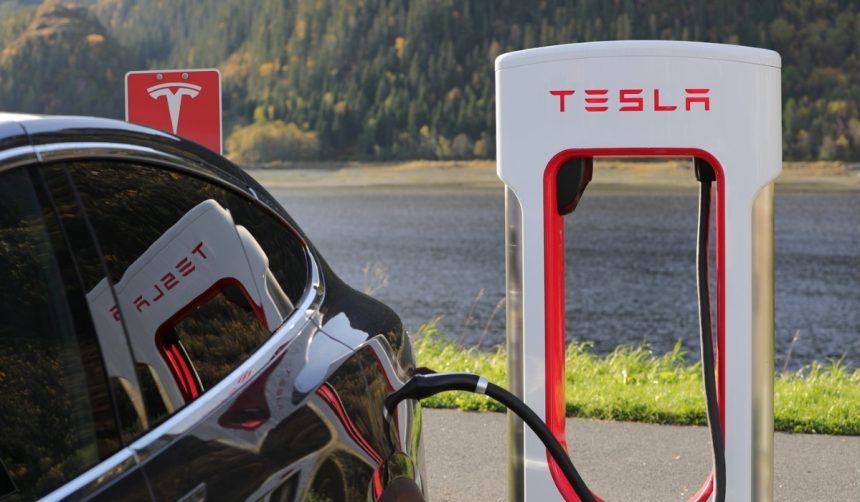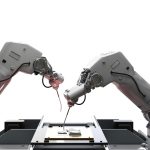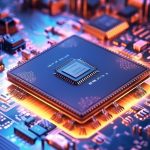Texas has seen its automotive landscape evolve as Tesla’s Gigafactory Texas reached a production milestone with its 500,000th vehicle, only a few years since opening near Austin. The celebratory scene featuring employees holding “500K” balloons marks a turning point for Tesla’s rapid manufacturing expansion in the region. As the company looks ahead, local industry experts are watching Tesla’s next steps closely, given the factory’s role in expanding electric vehicle adoption and the company’s broader ambitions.
Previous reports indicated that Giga Texas took several months to reach initial full production capability when the facility began operations. Compared to other Tesla sites, the factory saw a faster ramp-up, likely due to targeted investments and a strong focus on the Model Y—Tesla’s top-selling model. While Giga Shanghai and Fremont initially led volume deliveries, Giga Texas’s current output reveals its growing importance as a production center, especially for the introduction of new models such as the Cybertruck and upcoming Cybercab.
How Does Giga Texas Contribute to Tesla’s Output?
Tesla’s Giga Texas has solidified its status by focusing on the production of both the Tesla Model Y and the Cybertruck, with the Model Y continuing to outsell other models globally. The manufacturing facility has enhanced Tesla’s overall capacity, making it a significant contributor to the automaker’s global output. Employees marked the half-million milestone with a group photo, highlighting company pride and emphasizing the human element behind technological progress.
“Congratulations to the Giga Texas team for building 500k vehicles,”
Tesla stated on its social media account, underscoring the scale of the achievement.
What Vehicles Are Next for Production?
Currently, the plant focuses on the Model Y and the Cybertruck; however, attention is shifting toward the anticipated Cybercab. The Cybercab is expected to represent a new phase in Tesla’s strategy, as CEO Elon Musk projects production to reach around two million units annually. Tesla’s plans for the Cybercab involve a unique two-seater autonomous vehicle that stands apart from conventional automotive designs and manufacturing processes, setting expectations for a production system more akin to consumer electronics than traditional car assembly.
“Cybercab is not just a revolutionary car design. It’s also a revolutionary manufacturing process,”
Musk said when discussing the upcoming vehicle and manufacturing approach.
Will the Cybercab Manufacturing Approach Differ?
Tesla’s ambitions for the Cybercab extend beyond vehicle design and into the methods used to build it. The intention is to break from standard car manufacturing lines, instead engineering a process inspired by high-speed electronics production. According to Musk, these changes aim to hasten vehicle output and adapt to mass-market needs, reflecting Tesla’s drive to optimize industrial efficiency while preparing for large-scale autonomous vehicle production.
Looking at Tesla’s broader context, the decision to focus on both innovating vehicle design and manufacturing processes reflects a deliberate attempt to maintain momentum in an increasingly competitive EV landscape. The achievement at Giga Texas demonstrates not just growth in numerical output but also a willingness to experiment with new production models. For readers examining the future of large-scale EV production, Tesla’s ongoing developments—such as the Cybercab’s unique assembly line—offer insight into how major manufacturers might adapt to future market shifts. Staying attuned to the operational choices at Giga Texas will provide a window into upcoming trends in automation, scalable production, and the push for accessible electric vehicles worldwide.










